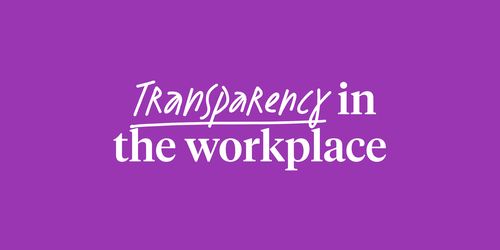
Article

This article was updated on 1/20/2022.
As we continue to adjust to all the changes from 2022, companies are figuring out what the workplace will look like in the upcoming year. In particular, HR teams are being faced with a lot of questions about the future of work.
But the truth is that nobody has all the answers right now because we’re all operating without enough information. But we at Culture Amp have a little insight, and we’ll use this post to identify the issues that HR should pay close attention to in the following months. We’ll also explain how to use the power of employee feedback to start collecting information that will help you make decisions for the year and help you answer how to prepare for the future of work.
Right now, everyone wants to know what the workplace is going to look like in the future. Will we still be remote? Or will we be preparing to return to the physical office? How do we protect the wellbeing of our employees while we make these transitions? While the answers to these questions will be different for every organization, we break down some key considerations to keep in mind when making these work-related decisions.
Our data suggests that there’s an appetite for remote work to continue and that this experience will shape what the future of remote work looks like for many organizations. But it’s important to recognize that remote work is about more than having Zoom set up or hosting an occasional virtual happy hour. There are deeper questions that HR teams will need to think through, such as:
At the start of the pandemic, many employees decided to move back home or relocate to more affordable areas since they don’t need to be close to their offices. With the uncertainty around the trajectory of COVID-19, it’s unclear whether this mass relocation is a temporary or permanent situation for employees. That said, it may be necessary to start developing policies and guidelines around relocation. Here are some questions HR teams need to start working through:
Our Return To Work survey found that 51% of employees feel ready to return to the workplace. While this doesn’t give us a definitive answer to anything, our findings revealed that respondents are most concerned about factors related to support, wellbeing, safety measures, and travel. Knowing this can help HR identify the most important questions to think about if considering a return to the office, such as:
Many organizations are thinking about taking a hybrid approach that allows employees to choose the option that’s most comfortable for them. While this gives employees the most flexibility, it can also present additional logistical challenges. Here are a few things to think through if your team is considering a hybrid approach:
It’s clear that there’s no shortage of questions HR is trying to answer. But how can teams make informed decisions instead of guessing about the future of their workforce? This is the time to figure out your employee feedback strategy and use the data you collect to guide decisions for 2021.
Thankfully, at Culture Amp, we have many existing resources for launching, implementing, and taking action on employee feedback. We’ve compiled all of the most relevant content below to help you find the information you need.
It can feel overwhelming to try to figure out what the workplace will look like in 2022. We want to remind you that nobody has all the answers, and it’s completely okay to say, “I don’t know, but we’re doing our best to figure it out,” when faced with questions about the future of work. Use our recommendations to think through various scenarios and leverage the power of employee feedback to drive your decisions.
